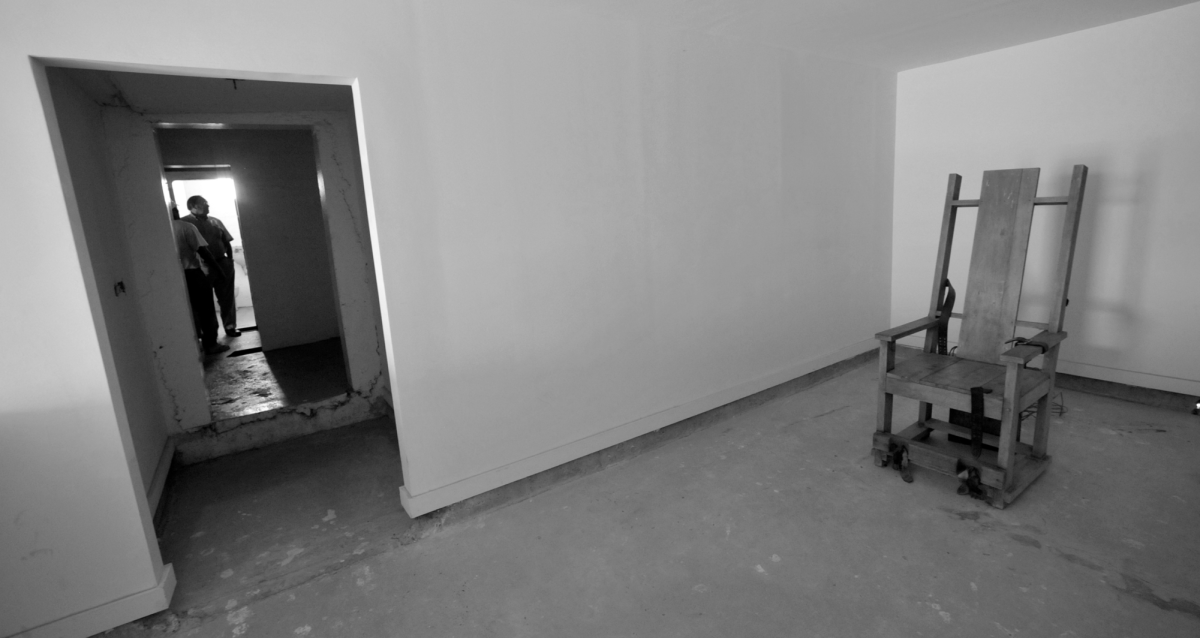Loyola University was chartered by the state of Louisiana in 1912, which means we celebrate our centennial next year.
However, Loyola’s story is much older than 100 years.
The Jesuits established the College of the Immaculate Conception on Baronne Street in 1849.
Loyola’s origins are rooted in that Jesuit college.
The Jesuits received a charter from the state of Louisiana to grant college degrees, and the College of the Immaculate Conception awarded its first Bachelor of Arts degree in 1856.
As New Orleans grew, the Jesuits felt that they should found another college in the city.
In 1904, Loyola College was opened across from Audubon Park.
Loyola College granted its first Bachelor of Arts degrees in 1908.
In 2005, New Orleans was devastated by the failure of levees after Hurricane Katrina.
The Loyola community was forced to evacuate and could not resume classes on campus until January 2006.
Katrina was not the first time that Loyola and its predecessor had to delay the beginning of a semester. In the 19th and early 20th centuries, recurrent bouts of yellow fever plagued New Orleans.
It had not yet been discovered that the disease was being spread by mosquitoes, which flourished in the omnipresent cisterns from which New Orleanians then drew their drinking water.
The Rev. Jean-Baptiste Leon Maisounabe, who was born in the Bayonne area of France, was the first superior of the Jesuits in New Orleans when they returned to the city in 1847.
Maisounabe planned to open a Jesuit college in September 1848, but yellow fever intervened.
The bishop of New Orleans recommended that Maisounabe leave the city until the epidemic had passed.
Maisounabe chose to stay. He slept on a cot near the entrance to the Jesuit chapel to be ready to offer the sacraments to the ill and dying at any time. He, too, contracted the fever.
On Sept. 12, 1848, Maisounabe died at the age of 43.
Despite the fever and the death of Maisounabe, the College of the Immaculate Conception, the institution from which both Loyola University and Jesuit High School in New Orleans developed, opened on Feb. 1, 1849.
In 1905, during its second year, Loyola College experienced an evacuation somewhat comparable to the 2005 evacuation for Hurricane Katrina, prompted by a recurrence of yellow fever.
When the scheduled opening day of school arrived on Sept. 6, most of the school’s students had evacuated the city in search of healthier areas.
The school’s second opening was delayed until Oct. 2, 1905, but Loyola and its students endured as they would in the future.
Bernard Cook is a history professor at Loyola. He is currently working on a book about the history of Loyola University New Orleans. He can be reached at [email protected]





